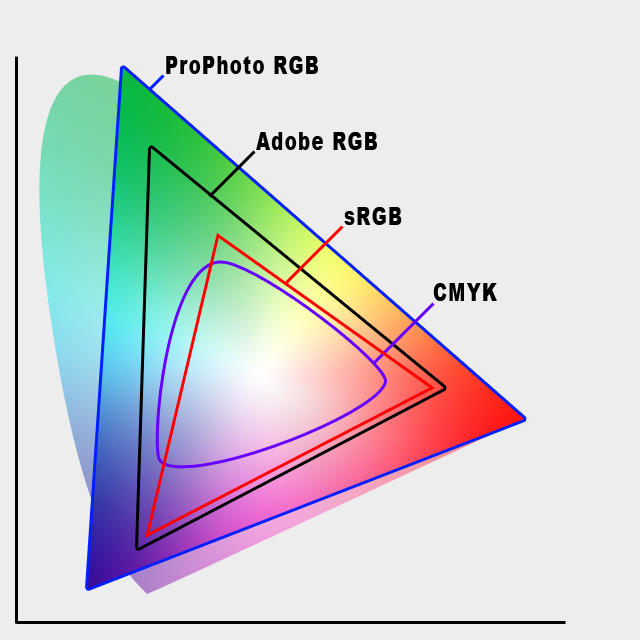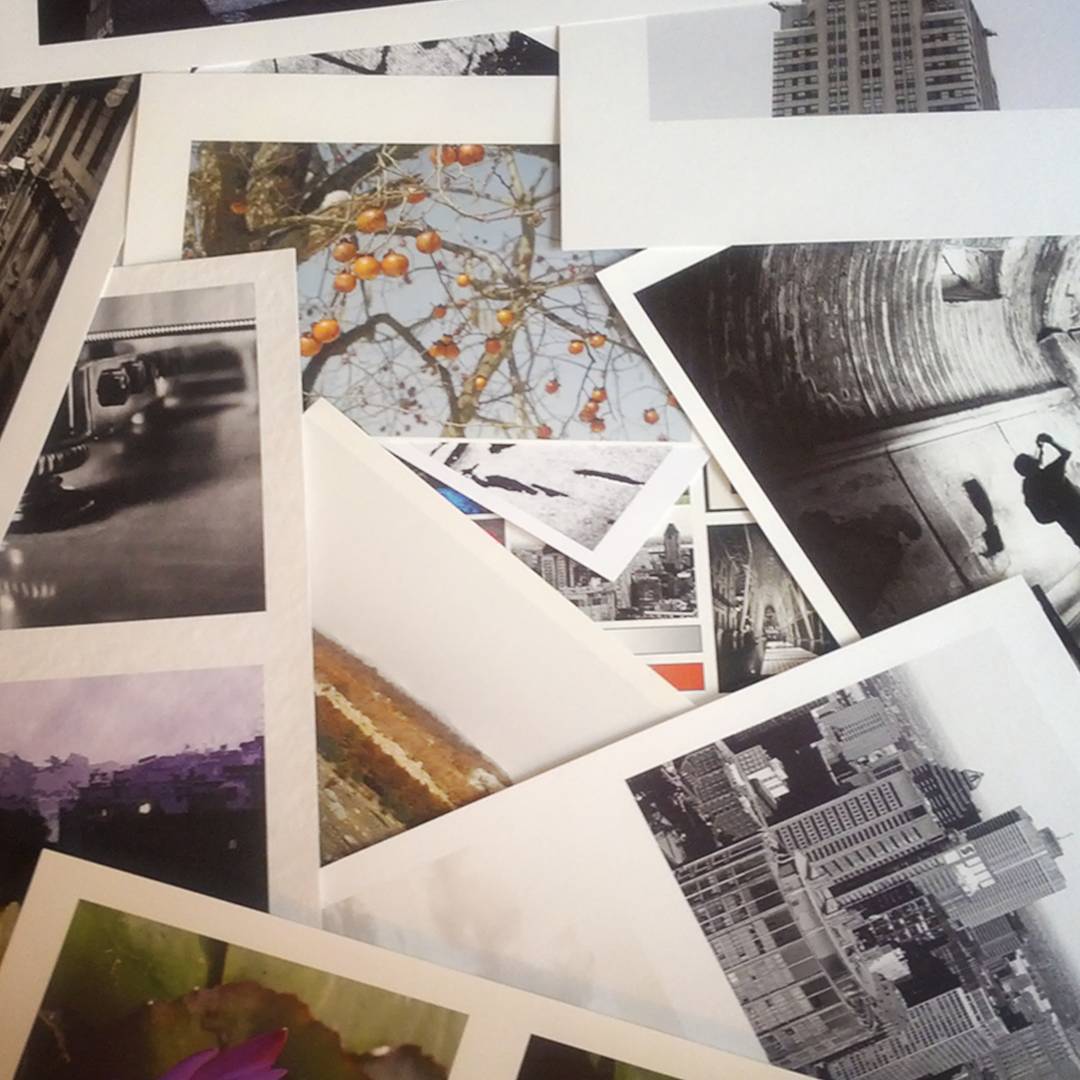What is a Fine Art Print?
Before you understand what is a Fine Art print, let’s start from the basics to get there gradually: Fine Art in English has the following definition: “Creative art, especially visual art, Whose products are to be appreciated primarily or solely for Their imaginative, aesthetic, or intellectual content “. This means that we could just translate it in Italian Belle Arti that has the following definition: “The term Belle Arti means any art form developed primarily with aesthetic purposes and conceptually distinct from the utility. …. In particular, in the photograph, with the term Fine Arts means a work to produce an artifact that is both the synthesis of the technical and quality synergy. Both technical and quality elements must conform to professional and artistic standard, the elements are compensated with the individual creativity. ”
So it’s an art print. That is, a print that has the characteristics inherent in the definition of “fine arts”. In this case, however, the direct translation is not of much help. In fact, even the classic printing (lithography, woodcut, screen printing and others) is necessarily an art print (and God forbid!). Internationally classic prints are identified as Fine Art Prints. So any kind of print work that represents the result of inventive capacity and can be considered an art print and generically a Fine Art Print. You need to go into more detail to understand certain definitions can not be applied too generally.
We are speaking of Digital Printing.

Within the digital printing there are many different printing technologies. Each technology has its strengths and weaknesses and of course the favorite application field. We never will print leaflets using a fine art printer (would be very good, but the cost would be impossible). As you should not print a work intended to be hung, preserved for a long time or sold, via printing technologies are not suitable (offset, laser, printing with solvents, direct printing on forex etc).
This means that within the field of Digital Printing, not all works fruit of inventiveness and capacity can be considered Fine Art prints. They could be considered fine art in general (everything can be art). So this is where the English-Italian translation can not be automatic.
Fine Art Print in the field of digital printing work identifies not only the result of inventiveness and ability, but also a print quality resulting from inks certified pigments, quality cotton paper, ability to represent colors and durability thereof. Here we come to the confusion: Giclée Print. This type of printing is literally a press through “inkjet.” Although it is universally recognized as synonymous with quality (because in fact it is a printing technology that can reach unthinkable qualities for other printing methods), not all Giclée prints (ink jet) can be considered Fine Art. The printer we all have at home, if it is not laser, is most likely inkjet. Congratulations! You have a Giclée printer! Over time it has ennobled the definition and therefore we tend to identify most in this group professional printers and not the amateur home ones. But even staying in the professional, it is not just the printer that makes printing Fine Art, but it is mostly the paper.
All the Fine Art Prints are Giclée but not all the Giclée prints are Fine Art.
With the same printer you can print on photo paper or Fine Art Paper. The difference is clearly in materials, their quality, the durability and color matching.

And here we return to the concept of art print. Why an artist (photographer, Illustrator, etc.) should print on Fine Art rather than on photographic paper for a few Euros per square meter? Simple! Classical prints of 200 years ago or more (but we may go back thousands of years) are still here. They can even tell us and show us the past and the great skill of those who preceded us. If a present-day artist wanted to sell his work (digital) printed, you should definitely understand the importance of the durability of a print. He would never be in a position to sell a work that within a year completely change appearance and will deteriorate beyond repair. This is also important for the buyer! Buy a Fine Art Print (real ones!) Is an investment guarantee and quality that only this type of printing can give.
With Fine Art, Digital Print art can be included in the Olympus of commercial art prints, if we can define them as like that. So buy or sell one, can be at the same level of a classic print (and now i’ll be lynched). But in fact a Fine Art print lasting over time and being able to be certified with a limited series takes the same value of a classic print.
You think is over?
Almost. Within the concept of Fine Art Printing I would like to include also the printer’s ability to follow certain rules or workflows that determine the final quality of the print. The respect of the paper, the use of certificated and original materials, the importance and attention to the choice of each individual acid-free component which will be in contact printing, and last but most important and decisive point:
Respect for the Color Management: the file’s color management, since he is sent by the customer up to the press (but wanting to do things right you should also start earlier). Only thanks to the mastery of color management you can make a print with the same characteristics over time and in a predictable way. It ‘s very important to understand this point because you can not print without knowing how to follow a consistent color management.
Good! You should now have a clearer idea (unless you’re asleep) what is a Fine Art Print and why it is important to invest in high quality prints.
Finally it seems fair to mention Vinton Cerf (one of the fathers of the Internet) that suggests to print before it’s too late:
“We are nonchalantly throwing all of our data into what could become an information black hole without realising it. We digitise things because we think we will preserve them, but what we don’t understand is that unless we take other steps, those digital versions may not be any better, and may even be worse, than the artefacts that we digitised. … If there are photos you really care about, print them out.”
And i add: print on Fine Art!
Bye!
Simone Pompei







